Racial and cultural resilience is a child’s ability to celebrate their own and others’ racial and cultural identities, recognize and cope with prejudice and inequality, and advocate for themselves and others. By promoting our children’s racial and cultural literacy and resilience, we can build their confidence and strengthen their sense of self-worth.
Click to jump:
Resources for Teachers

Learning for Justice
WebPage (formerly Teaching for Tolerance) | From film kits to lesson plans—texts, student tasks and teaching strategies—this website will help you bring relevance, rigor and social emotional learning into your classroom—all for FREE.

"Here We Read"
A collection of diverse books and stories that serve to introduce children to stories that reflect cultural diversity. Books are organized by topic and age group.

ITOC Wellness Resource Guide
This living document includes resources gathered and organized by the ITOC 2020 Health and Wellness Committee to support the health and well-being of the wider ITOC community.
Resources for Families
This section details age-appropriate actions you can take to build racial and cultural resilience in your children.
Click to jump to section:
Talk to your children about race
Create safe spaces for children to learn about their culture, explore their passions and identities, and celebrate other cultures
Nurture your child’s passion for social justice
Keep learning about Cincinnati’s unique history
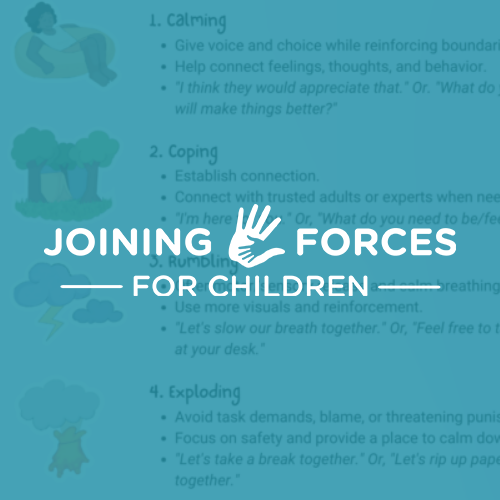
Social Emotional Resilience Posters & Reflection Sheets
Our School Age Channel developed a collection of posters & reflection sheets for promoting Social-Emotional Resiliency. Linked below are the posters for children aged 9-12 and 5-8. These posters are an exciting way to build children’s’ skills for weathering strong emotions. Soon, individual reflection sheets will be available to be paired with posters.
Talk to your children about race
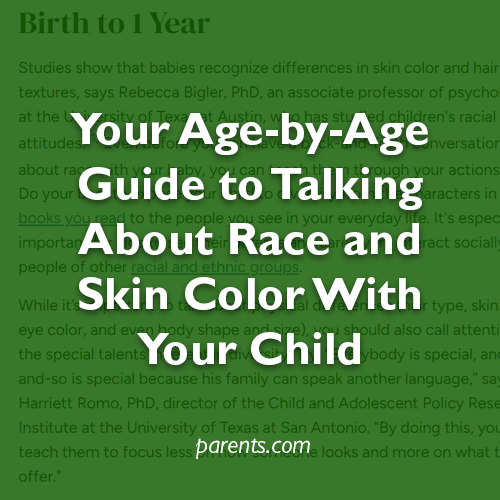
Age-by-Age Guide to Talking About Race and Skin Color
Find out what children understand about race and skin color and learn how to talk to them about it in our age-by-age guide.
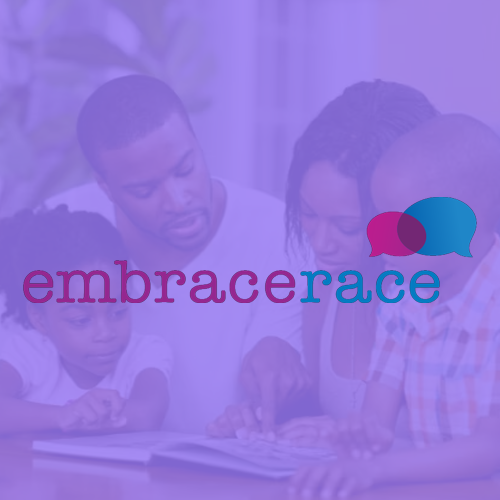
Explaining the “Why” Behind Police Violence Using Child-Friendly Language
This resource is designed to talk about the ‘whys’ behind police violence - what causes it? It does not address the conversations that families of color, particularly Black families, often have with their children about how to stay safe during encounters with the police.

Cincinnati MindPeace’s Tips for Talking to Children about Racism
Children begin noticing racial differences as young as two years old, meaning it is never too early to discuss race with them. Talking about race early and often can help adults and children alike in becoming comfortable with having these conversations (Children’s Health, 2020). Many parents and school professionals feel uncomfortable or unprepared addressing topics about race and equity. We hope that the following resources can serve as support during these times.
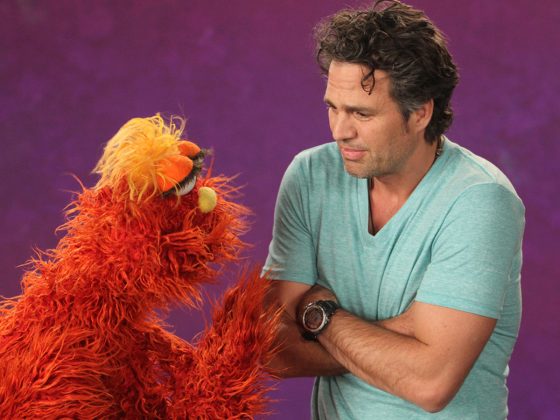
How Others Feel (Teaching Empathy) - Sesame Workshop
As adults, we encourage children to be kind and polite. Words and phrases such as “please,” “thank you,” and “I’m sorry” are a big part of kindness and politeness, but there’s another important piece that can get overlooked: empathy (understanding and caring about how someone else is feeling).
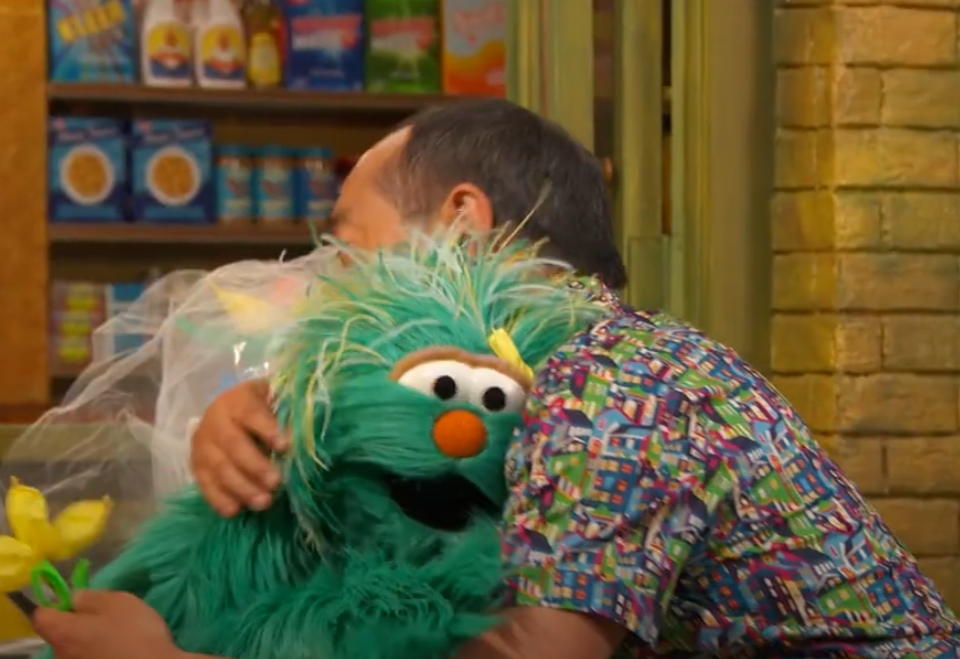
Violence - Sesame Workshop
Whether children are directly or indirectly exposed to violent events, there are ways to help them feel safer and more secure.

Coping with Racial Trauma - Sesame Workshop
Discover ways to help children cope with difficult race-related situations and experiences.

1N5 Resources for Racial Inequity and Mental Health
Cincinnati’s own organization, 1N5, has compiled a list of resources for how to discuss race and racism with children.
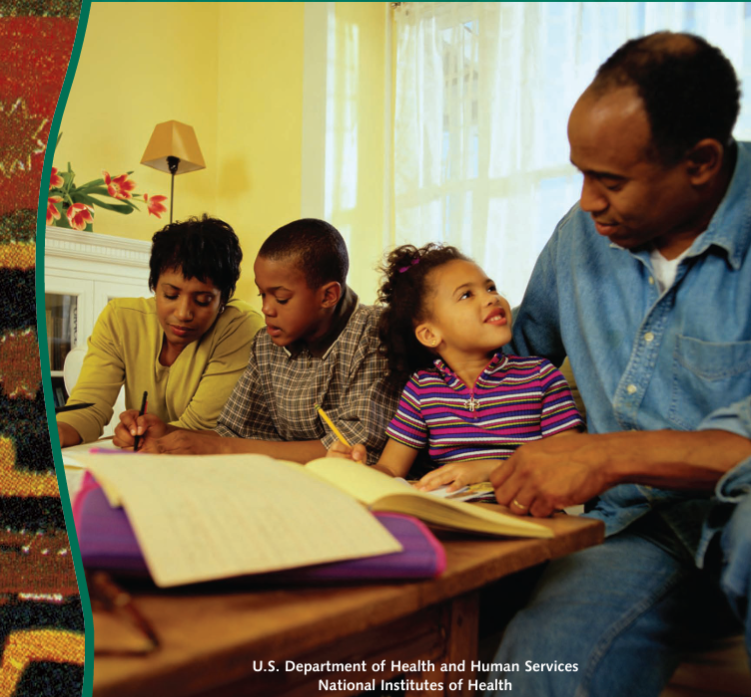
An Activity Book for African American Families: Helping Children Cope with Crisis
This 94-page activity book, from the NICHD and the National Black Child Development Institute, provides information and resources that can help parents instill a sense of safety in their children during times of crisis, through creative activities that encourage communication.
Create safe spaces for children to learn about their culture, explore their passions and identities, and celebrate other cultures

Elementz
Elementz is a Cincinnati organization dedicated to advancing authentic Hip Hop culture. They also offer programming for children in the areas of DJing, poetry, music production, graffiti art, digital art, and more.

Cincinnati Black Theatre Company
Cincinnati Black Theatre Company offers children’s theatre and educational programs with the goals of increasing literacy, promoting diversity and multiculturalism, pursuing community outreach and collaborations, and providing access to the arts.
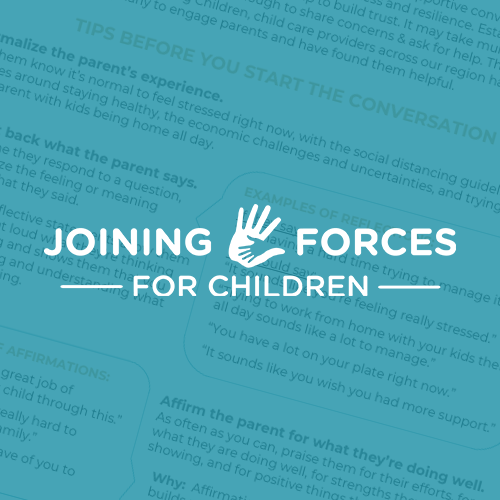
"5 Ways To" Tip Sheets for Building Resilience
This guide is intended to help professionals engage parents and caregivers in supportive conversations that assess risks and needs, with the ultimate goal of supporting family wellness. Establishing rapport and using the tips outlined on the guide will help build trust, even if the conversation must happen virtually. It may take multiple conversations for parents or caregivers to feel safe enough to share their concerns or ask for help. Across our region, providers have been using these strategies to regularly engage families.
Nurture your child's passion for social justice

7 Ways to support the young activist in your life
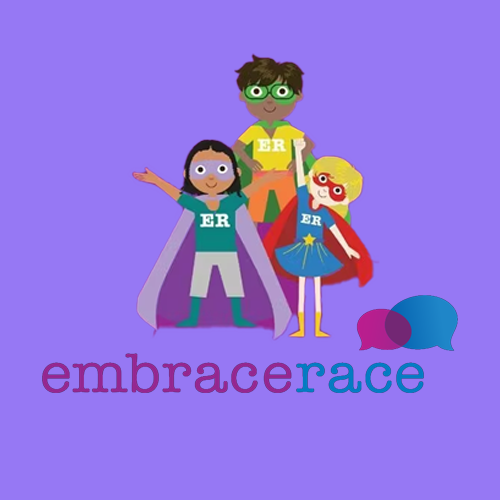
16 ways to help children become thoughtful informed and brave about race

4 Steps to Help Kids Push Back Against White Nationalism
Whether you're worried a child in your life might be a target for recruitment or you worry that they will encounter white nationalist sentiment at school or online, information and conversation are critical to breaking hate.
Keep learning about Cincinnati's unique history
Cincinnati's communities of color have rich cultural backgrounds and a legacy of resilience against systemic racism and racial trauma. By taking the time to learn about our city’s unique history of both oppression and resilience, you can uncover inspiring stories of courage, creativity, and transformation that have shaped the city's identity. We have compiled a list of Cincinnati-specific docuseries, articles, and toolkits to enrich your learning experience.
Children can be introduced to some of these resources. A suggested age rating for each resource is included, but we strongly recommend that parents engage with the resource in advance to determine its appropriateness for their child.
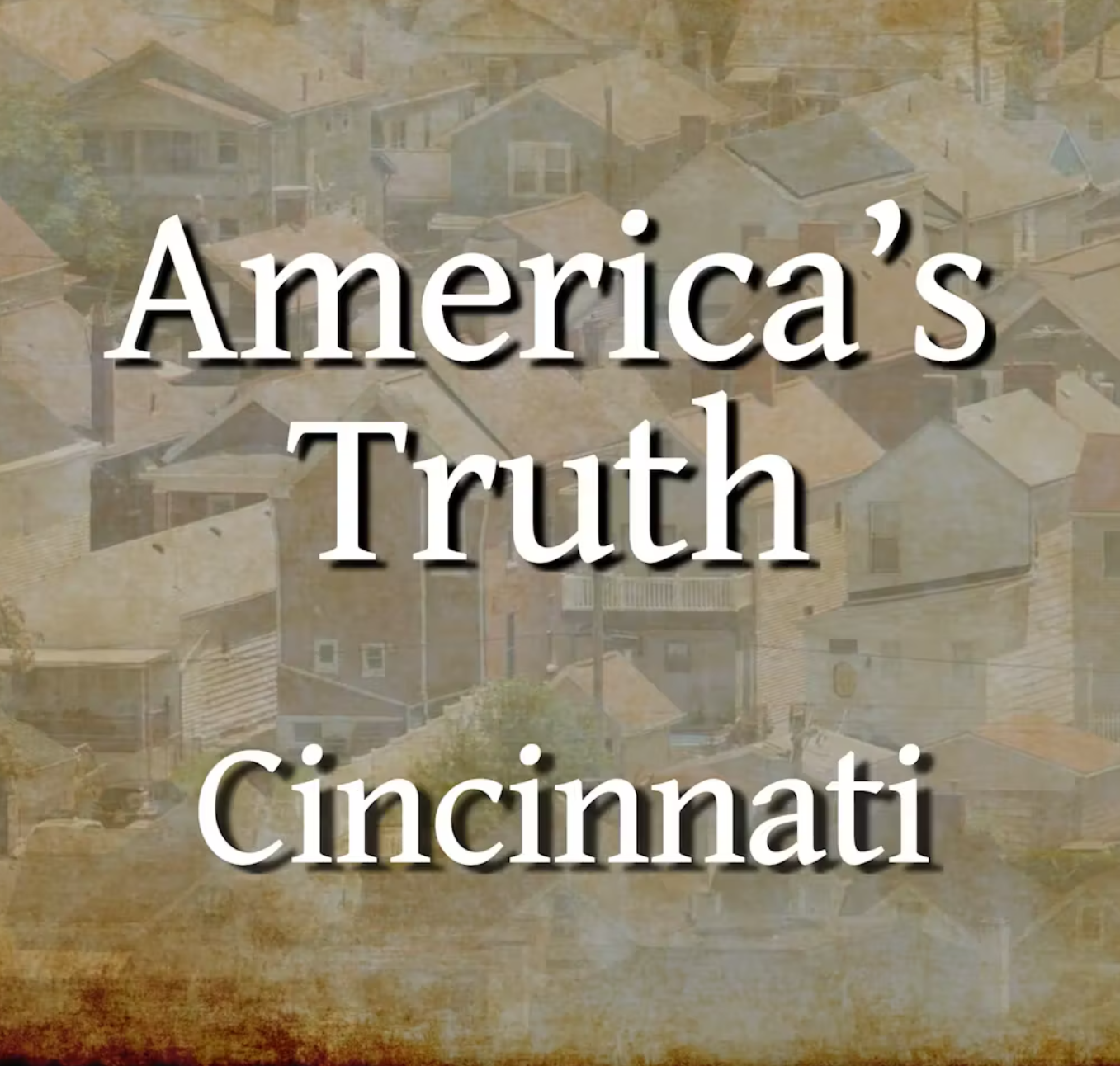
America's Truth: Cincinnati
Dr. Wendy Ellis, a Cincinnati native, and the Center for Community Resilience partnered with Joining Forces for Children, All In Cincinnati, the University of Cincinnati Center for Truth, Racial Healing & Transformation, Cincinnati Public Schools, and the National Underground Railroad Freedom Center to create, “America’s Truth: Cincinnati,” a documentary exploring how structural racism in policies and practices harmed four Black communities in Cincinnati.
Age: While this resource doesn't have a specific age rating, the complex themes and historical content make it more suitable for children ages 12 and up.

Race and Racism in Cincinnati Docuseries
Ignite Peace (formerly IJPC) created The Race and Racism in Cincinnati docuseries to retell Cincinnati’s history from the racial margins, a history that is not often told in school curriculums or in mainstream (white) culture. The video series shares a people’s history that places storytelling authority in the hands of common people, rather than political leaders or other figures of power who have crafted narratives to benefit their agenda.
Age: While this resource doesn't have a specific age rating, the complex themes and historical content make it more suitable for children ages 12 and up.
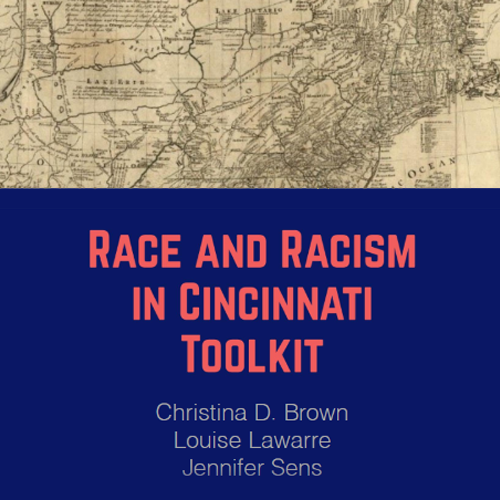
Race & Racism in Cincinnati Toolkit
Explore Race and Racism in Cincinnati through history, law, and resilient communities of color in a new toolkit. This toolkit includes post-reading quizzes, reflection questions, and action steps.
Age: While this resource doesn't have a specific age rating, the complex themes and historical content make it more suitable for children ages 12 and up.

The Death of Timothy Thomas and the Uprising that Followed
Timothy Thomas was an unarmed, 19-year-old Black man who was fatally shot by a police officer in Cincinnati. His death sparked an uprising and led to police reforms in Cincinnati.
Age: While this resource doesn't have a specific age rating, its examination of sensitive topics such as police violence and civil unrest makes it more suitable for ages 12 and up.

The Irate 8
The "Irate 8" was a student-led activist group at University of Cincinnati formed in response to the 2015 fatal shooting of Sam DuBose by a campus police officer. Irate 8 refers to the fact that only 8% of the university’s student body were Black, despite Black residents accounting for over 40% of Cincinnati's population. The Irate 8 presented a list of 10 demands to the university and developed programming to spark change. These demands led to several accomplishments, including the expansion of the African American Cultural Resource Center at UC.
Age: While this resource doesn’t have a specific age rating, its discussion of police violence and racial discrimination make it more suitable for children ages 13 and up.